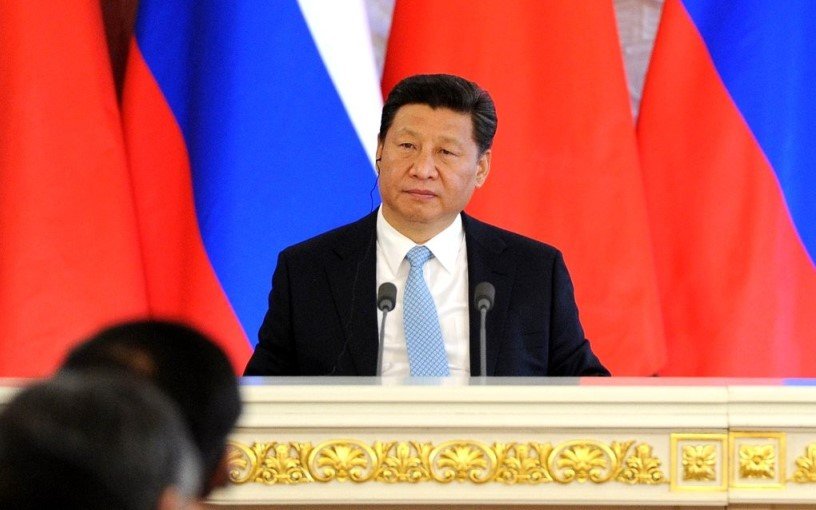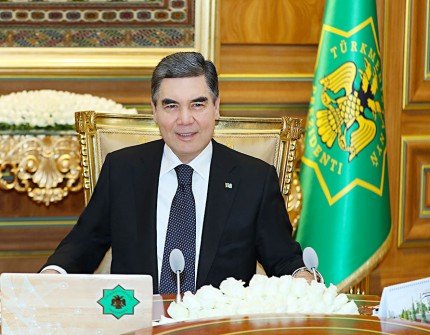(PONARS Eurasia Policy Memo) In the United States, President Donald Trump claims to be a wartime president, while denying any responsibility as the country proved unprepared to confront its most serious health emergency in more than a century. American voters will soon have a chance to weigh in on his leadership. In China and Russia, however, we see authoritarian strongmen with an indefinite hold on power taking cover from bad news of the pandemic’s impact on their countries while seeking to take advantage of disorganized global and regional responses to the pandemic for short-term political gain. Given the outstanding questions about the handling of the pandemic in both China and Russia, such strategies may backfire in the long term and raise questions about their role in regional integration strategies.
Where was Xi?
As the world grapples with the COVID-19 pandemic, which may have originated as early as mid-November 2019 in Wuhan, the Chinese government is now seen as seeking to take advantage of lagging global responses to claim global and regional leadership. Rather than a display of Chinese strength, efforts to reframe the country’s role reveal an effort to shore up President Xi Jinping’s reputation after Chinese authorities suffered unprecedented criticism for their own initial slow response and attacks on early whistleblowers.
During the first few weeks of January, Xi was nowhere to be seen. The Chinese president did not visit the virus epicenter, Wuhan, until March 10, as the disease appeared to be weakening in the area. To counter such narratives, on February 26, Xinhua heralded the publication of a new book about Xi’s outstanding leadership during the pandemic. A French publication reported that Chinese embassies all over the world have been tasked with refuting that the virus began in China and to claim instead that the true origin of the virus remains unknown.
Chinese news outlets and officials have put forth a variety of outlandish origin stories, claiming that the virus began in Italy or was the product of a U.S. Army biological war attack. This led Chinese Ambassador to the United States Cui Tiankai to criticize such claims made by his colleagues at the Chinese Foreign Ministry, including spokesman Zhao Lijian, as “crazy” and “harmful.” All of this is occurring as Chinese officials gear up for the rescheduled opening sessions of their national legislature and a key advisory body, which may happen in late April or May. One of the reasons for the initial delay in reporting the outbreak of the virus in Wuhan may have been efforts by local officials to hide bad news prior to the January 12, 2020 opening of the provincial legislative session, a preparatory meeting for the national session.
Putin and Russia’s Response
China is not alone is spreading disinformation about the origins of the pandemic. According to an EU report, Russia has been doing this as well, in keeping with its ongoing efforts to sow distrust in Europe and the United States. Conspiracy theories about U.S. responsibility for the virus are also targeted at Russian audiences to deflect blame in case the pandemic becomes more extensive at home. Like Xi, President Vladimir Putin sees the pandemic as a threat to his own personal power, which he has recently sought to institutionalize in an April 22 referendum (now postponed indefinitely) regarding constitutional changes extending his term as president. Just as Xi made Prime Minister Li Keqiang the face of China’s response, so has Putin largely left it to other officials, his Prime Minister Mikhail Mishustin and Moscow Mayor Sergei Sobyanin, to manage the pandemic.
Russia claims to have relatively few cases (2,337 cases and 17 deaths as of March 31) and is only now taking serious steps to stem its spread. After the city of Moscow and the Moscow region announced a lockdown on March 30, 16 regions, mostly in European Russia, followed suit the same day. To enforce quarantines, newly developed facial recognition technology, widely used in China to identify regime opponents, has been deployed. Ironically, Chinese citizens were among the first to be targeted by Russian authorities using the technology, leading to official Chinese protests about discriminatory treatment of Chinese citizens in Russia. In February, the city of Zhengzhou, some 300 miles north of Wuhan, began using facial recognition gates and infrared temperature checks in all subway stations. A Chinese tech company has just developed the capability to detect faces even through masks (though the addition of sunglasses still vexes the system).
Experts claim that Russia has suspiciously few reported cases of COVID-19. There may be some underreporting in Russia, but other countries on China’s northern and western borders thus far have relatively few cases compared to other countries. All closed their borders to China without delay, strategic partnerships notwithstanding. While Central Asian countries now are seeing increased cases of COVID-19, this is from the second wave of the pandemic, reflecting travel from Europe not from China. The Russian map of the spread of COVID-19 (see Figure 1) shows a concentration of cases in European Russia, not along the border with China.

The Pandemic and Regional Partnerships
Some analysts project that COVID-19 is likely to undermine the Sino-Russian partnership—in the Russian media, as in the White House, some refer to the pandemic as the “Chinese coronavirus.” Nonetheless, even on the pandemic response we see a familiar pattern in Sino-Russian relations: mutual support by Xi and Putin, contrasted with ambivalence in Russian regions, as some local authorities target Chinese nationals in enforcing quarantines, while others bemoan the loss of Chinese visitors. We see similar trends in Kazakhstan and Mongolia, where top-level goodwill is maintained at the same time as trade is halted and quarantines are enforced.
Although Belt and Road projects have been suspended in Eurasia, China is only increasing its leverage on its key regional partners. The pandemic coincides with a dispute between Russia and Saudi Arabia over oil prices, further weakening the economies of resource-producing states like Russia and Kazakhstan. Nonetheless, Russian officials and analysts now see the coronavirus as a bigger threat to the Russian economy than the decline in the price of oil. Putin has taken some initial steps to bolster the Russian economy but much depends on the length of the pandemic since 60 percent of Russia’s trade is with Europe and China. Nonetheless, the Russian President has also capitalized on a disjointed response to the pandemic in Europe to show the Russian flag in Italy, sanctions notwithstanding. Russian sent nine planeloads of aid along with 100 troops, leading to criticism that Putin was playing “viruspolitik.”
As China claims to see few new cases of COVID-19 (though some dispute Chinese figures), Chinese agencies and companies are now offering assistance to a number of affected countries. With train connections newly built for the Belt and Road now idle, Xi announced that 110,000 masks and 776 gowns would be sent to Spain by rail (taking 17 days). The Chinese leader now speaks of “the health Silk Road” connecting China with partners in the struggle against COVID-19. It remains to be seen what the long-term consequences of this outreach will be and its impact on China’s soft power in the future. In the immediate region, it is more likely that the experience with COVID-19 will make publics in Eurasia even more wary of regional connectivity than previously, creating a deeper disconnect between the messaging by the primarily authoritarian leaders and their more skeptical publics, who were already anxious about BRI projects leading to a greater influx of Chinese workers and leasing of property.
Conclusion
Rather than portending a new Chinese effort at global and regional leadership, COVID-19 reveals its absence and shows how poorly equipped global architecture is for 21st-century threats. No country or institution—not the United States, China, Russia, the UN, or the EU—has stepped up to craft a truly response that would provide a template for cooperative action and preventive measures for the health security crises of the future that are sure to come. Instead, the Chinese leadership, Putin’s government, the Trump administration, and others seek to assign blame to deflect attention from their own domestic shortfalls. China and Russia may seek to take advantage of a leadership vacuum, but they did not create it, nor do they have the soft power resources to overcome it. It is democracies in Asia like South Korea and Taiwan who are to be emulated, as their strategies to contain COVID-19 proved effective as well as commensurate with democratic ideals of transparency and accountability.
Elizabeth Wishnick is Professor of Political Science at Montclair State University and Senior Research Scholar at the Weatherhead East Asian Institute at Columbia University.
[PDF]
Homepage image credit.











